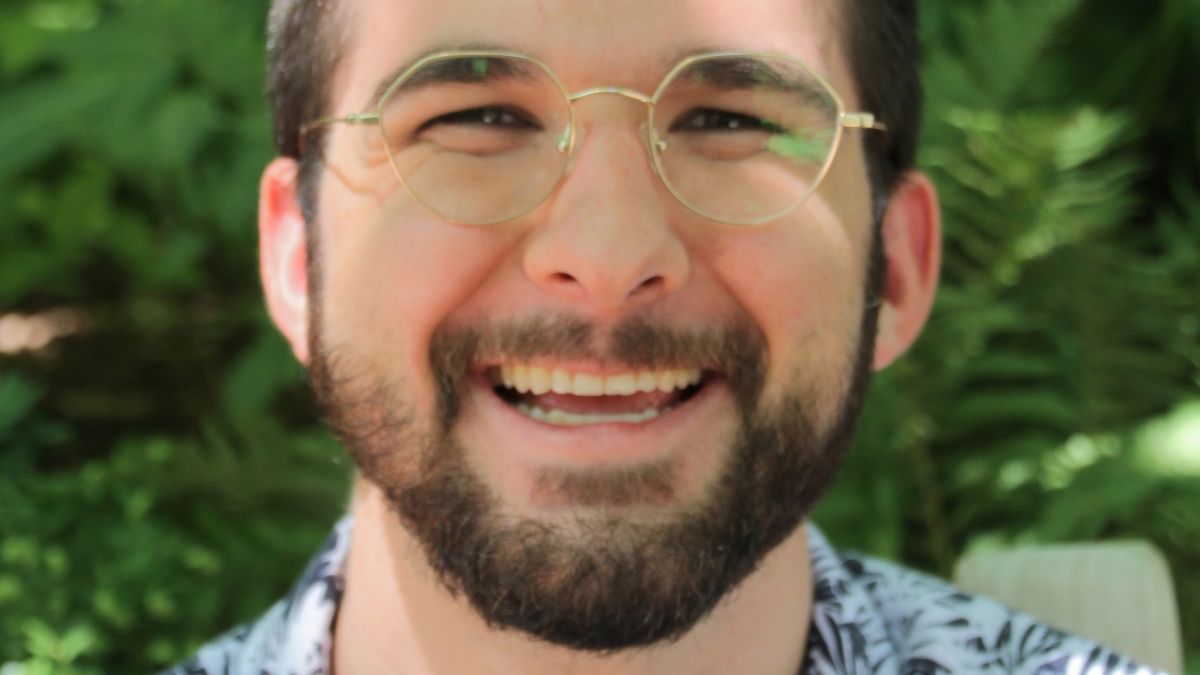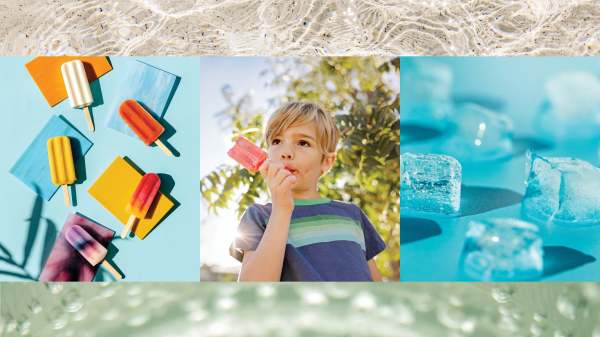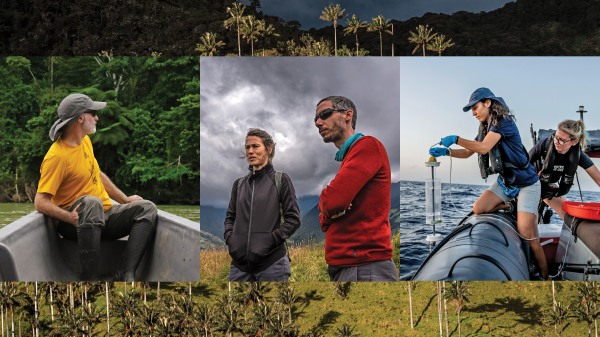Devastating California wildfire changes college trajectory of ASU grad

Connor Ellsworth
Editor’s note: This story is part of a series of profiles of notable spring 2023 graduates.
Forest fires deeply affect the areas they burn, destroying everything from infrastructure to lives. They also have the power to change the trajectory of personal choices and life plans. Such is the case for Connor Ellsworth, who chose a college and career based on the experiences he immersed himself in after the 2018 Carr Fire in Northern California.
Ellsworth is graduating with a bachelor’s degree in sustainability and geographic information systems in May, which he chose to study after spending months aiding in the cleanup and recovery efforts after that devastating fire. He said his choice of attending ASU was based on several factors, including the school charter.
“I strongly agree with ASU’s charter, and I wanted to contribute to a university that seeks to make higher education more accessible,” Ellsworth said. “In addition, I am enthusiastic about the School of Sustainability, which, I believe, is the first program of its kind in the nation. Lastly, ASU’s interdisciplinary studies program allowed me to incorporate additional disciplines into my course of study, such as geographic information sciences.”
After seeing the devastation wrought by a forest fire, Ellsworth was determined to study how climate change affects people and the planet. Growing up in Mesa, Arizona, he knew he wanted to attend college, but wasn’t sure of his trajectory. After the Carr Fire, which destroyed more than 1,000 homes, he knew what he wanted to delve into and leaned on guidance from his professors, staff and peers to have a successful career as a Sun Devil.
When the Carr Fire broke out, I was living in Northern California and was personal friends with people who were directly affected,” Ellsworth said. "After the fire had been extinguished, I spent months helping with clean-up efforts. That year, I learned how profoundly climate change impacts an environment and community. I wanted to help more, so I decided to study sustainability at ASU.”
Prior to commencement, Ellsworth shares some highlights of his time as a Sun Devil.
Q: What’s something you learned while at ASU — in the classroom or otherwise — that surprised you or changed your perspective?
A: Before my studies at ASU, I had not been fully aware of how changes in an environment disproportionately impact the most vulnerable members in a community. Environmental efforts are central to human rights.
Q: Which professor taught you the most important lesson while at ASU?
A: In the spring of 2021, I took IDS 312 (Integrative Perspectives on Change: Predators, Pets, and Pests). I credit this class and Professor Jada Ach with my ongoing interest in bird conservation.
Q: What is the best piece of advice you’d give to those still in school?
A: Learn to ask for help when you need it. As a student with dyslexia, I struggled in academics an unbelievable amount until I went to the Student Accessibility and Inclusive Learning Services office for help.
Q: What was your favorite spot on campus, whether for studying, meeting friends or just thinking about life?
A: I love the balcony on the seventh floor of the Life Science Building. When I am having the most difficult days, I can go up there between classes and look over the entire Valley. That view has a measurable impact on my well-being.
Q: What are your plans after graduation?
A: I plan to focus on environmental education and making education more accessible to students. In my responsibilities at ASU as an outreach success coach and campus experience manager, I have visited high schools throughout the Valley helping students overcome academic challenges and prepare for college. Working with these youth has filled my life with a great deal of meaning, and I am enthusiastic about further opportunities to work with young people.
Q: If someone gave you $40 million to solve one problem on our planet, what would you tackle?
A: I would help provide resources to people affected by natural disasters. There’s a growing need for that sort of support and having resources that can be mobilized quickly can make a world of difference.
Written by Andrew Lyne, student life storyteller.
More Environment and sustainability

A water fix that takes on the yuck factor
Written by Christy Spackman, an ASU assistant professor and senior global futures scientist. This essay is adapted with…

At home in the wild
By Kristin ToussaintEditor's note: This story is featured in the winter 2025 issue of ASU Thrive.Way up in the Andes mountains in…

Switching to 'green' plastic alone won’t solve the plastic problem, study shows
Plastic is everywhere. Today alone, you have probably already touched a whole lot of it, whether it’s your phone case, sunglasses…